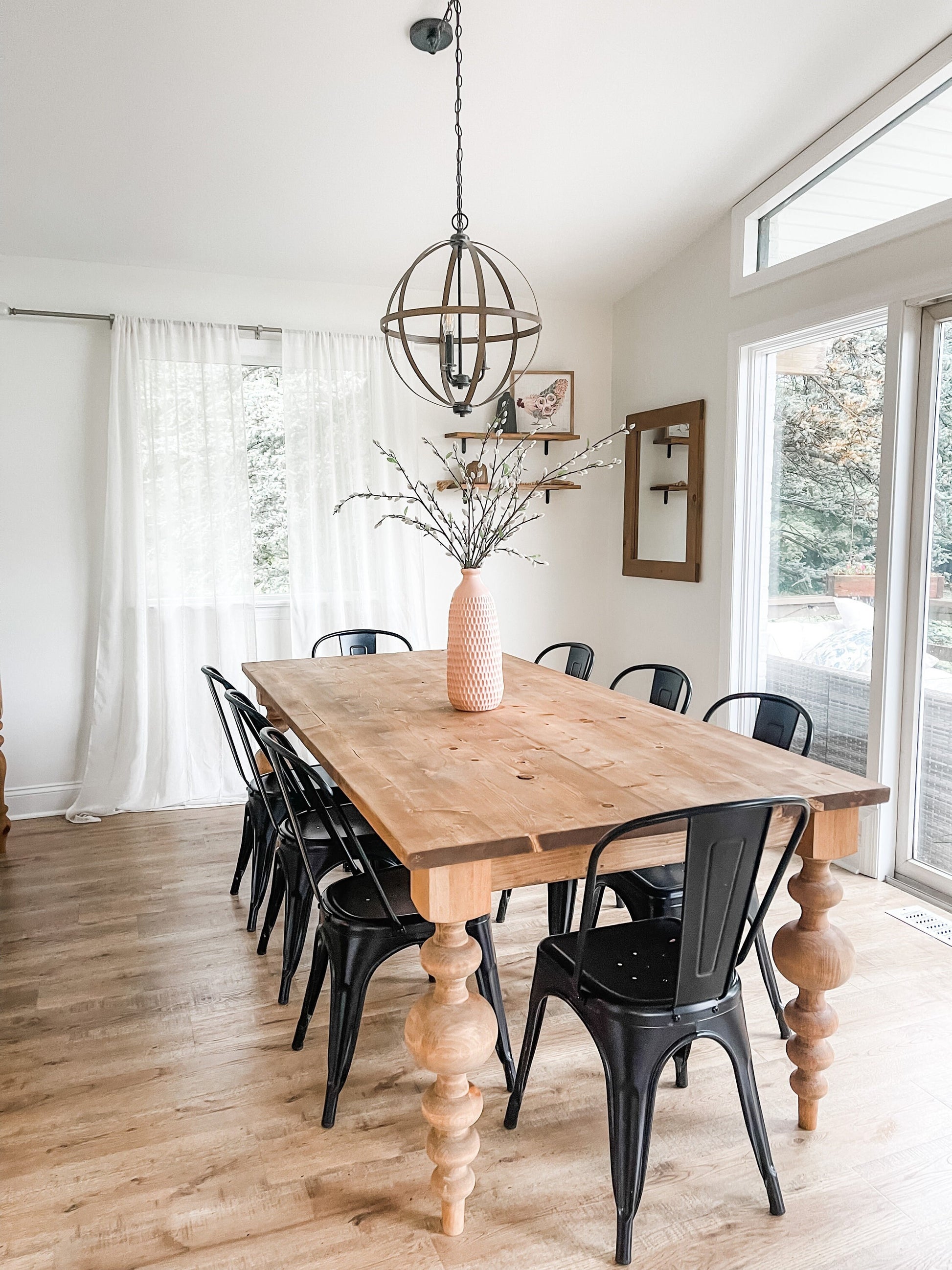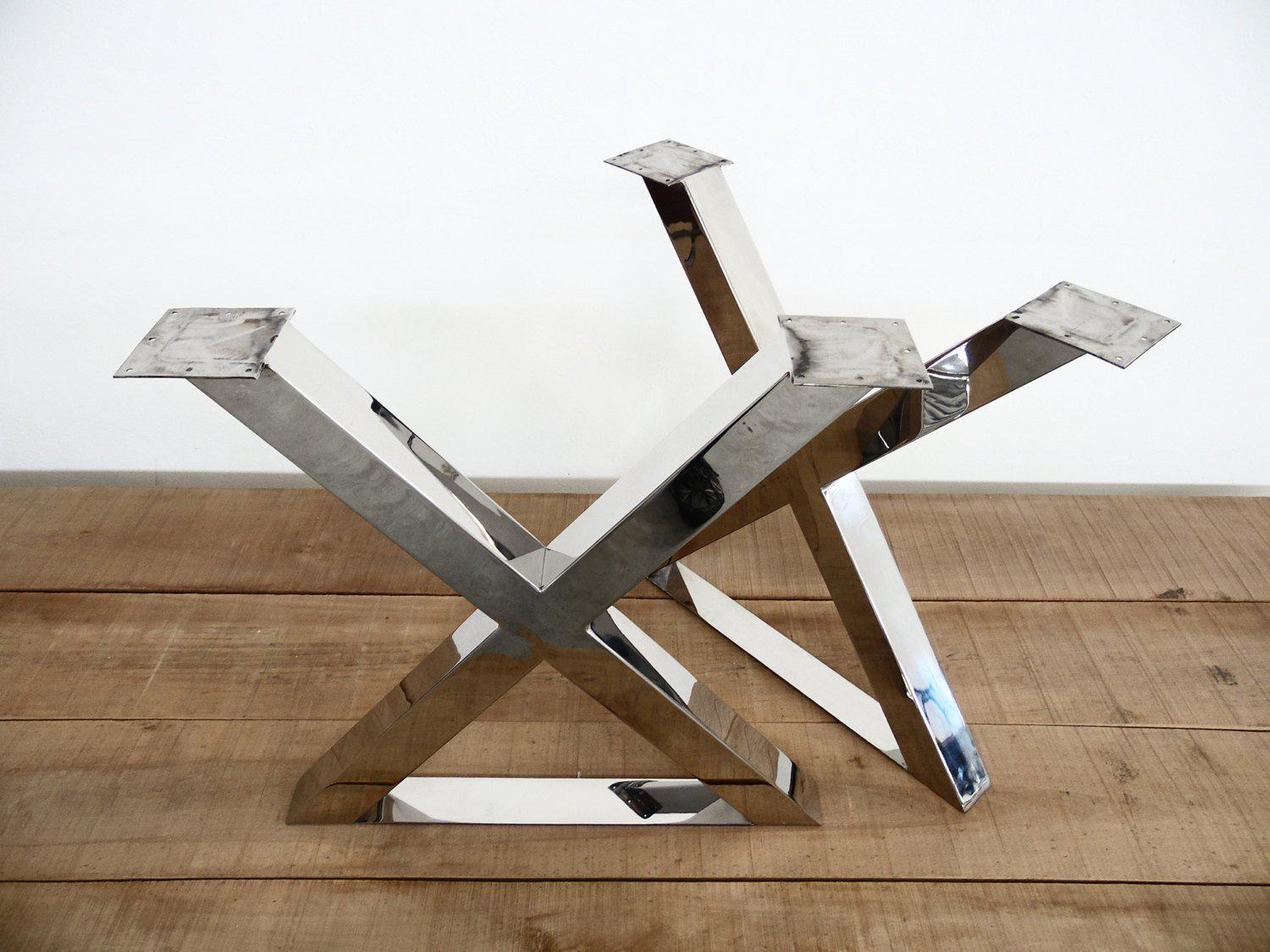Specialist Tips for Putting Up Eating Space Table Legs for Maximum Stability
When it comes to setting up eating room table legs, accomplishing optimum stability is paramount for both performance and visual appeals. What details methods can improve stability even additionally?
Select the Right Legs
When choosing the suitable legs for your dining-room table, it is important to take into consideration both capability and looks. The legs you choose will considerably impact the overall design and security of the table. First, assess the table's meant usage; if you anticipate regular events, tougher legs, such as those made from solid timber or steel, might be preferable, as they supply enhanced longevity and assistance.
Next, consider the height and design of the legs in connection with the table top. Common eating tables typically range from 28 to 30 inches in height, so guarantee the legs align with this standard for convenience. The design of the legs must complement the style of the tabletop-- whether it be modern, rustic, or traditional. For example, conical legs can add a contemporary touch, while turned legs may communicate a much more classic visual.

Select Appropriate Equipment
How can the ideal equipment enhance the security and long life of your dining-room table? The selection of proper equipment is vital to making sure that the legs of your table are securely connected and able to hold up against regular usage. Top notch screws, screws, and brackets offer the required strength to support the weight of the table, in addition to any kind of added loads placed upon it during dishes or celebrations.
When selecting screws, select those made from durable materials such as stainless-steel or brass, which stand up to rust and keep honesty in time. The length of the screws is just as essential; they must permeate deeply into the table's framework without endangering stability. For bolted connections, think about using lock washers to stop loosening due to vibration or movement.
Additionally, using edge brackets can add additional support, particularly for bigger tables or those with much heavier tops. These brackets disperse weight equally and aid preserve the table's shape. Ensuring that the hardware you choose is suitable for the specific products of your table will certainly better boost its overall stability and longevity, permitting you to enjoy your dining experience for years ahead.
Ensure Correct Alignment
Proper alignment of dining area table legs is important for both visual charm and functional stability. To attain optimum positioning, start by measuring the distance from the table's edges to the leg accessory factors.
Make use of a level throughout installation to confirm that each leg is vertical to the table top. This step is critical, as even minor disparities next page can intensify into substantial security concerns gradually. It is recommended to note the wanted leg positions on the bottom of the table with a pencil or covering up tape prior to safeguarding them. This practice functions as an aesthetic overview, enabling adjustments as required.
Moreover, ascertain the placement after the first screws are tightened up, as changes might be essential prior to fully securing the hardware. By prioritizing proper alignment, you not only improve the table's overall design but likewise make sure that it stays useful and secure for many years to find.

Take Into Consideration Weight Circulation
After making certain proper placement of the dining-room table legs, it is essential to take into consideration weight circulation to improve stability and capability. dining room table legs. Correct weight distribution is crucial in protecting against ensuring and tottering that the table can support its desired load without risk of tipping or collapsing
When placing the legs, ensure they are put at equal ranges from the center of the table to equally distribute the weight throughout the framework. Think about the weight of the table top and any products that will regularly hinge on it, such as tabletop devices or decorative items. Tables with heavier surfaces must ideally have legs located closer to the edges, as this makes best use of the base of assistance and lessens the risk of instability.
Furthermore, if the table is planned for usage in a high-traffic location, think about making use of heavier products for the legs or adding maintaining elements, such as cross-bracing or a lower rack - dining room table legs. These modifications can help preserve equilibrium and protect against shifting during usage. Ultimately, a well-considered weight distribution method will considerably improve the table's total performance, guaranteeing it stays a functional and appealing focal point for your dining space
Examination Security Before Usage
Examining the security of the eating room table prior to use is a crucial step that ought to not be neglected. Guaranteeing that the table is safe and secure can stop crashes and lengthen the life-span of the furnishings. Begin by using mild stress to numerous factors on the table surface. Push down on the center and then along the edges, observing any wobbling or changing. If the table reveals instability, recognize the legs or joints that may require adjustment.
Following, inspect that all screws and fasteners are tightened properly. Loosened connections can lead to instability and potential damage over time. If necessary, make use of timber adhesive on joints to improve stability, making certain to enable adequate drying out time.

Conclusion
To conclude, the setup of dining room table legs requires careful consideration of materials, weight, placement, and equipment distribution to accomplish optimum security. By selecting top quality bolts and tough legs, guaranteeing precise alignment, and dispersing weight evenly, the structural integrity of the table can be substantially boosted. Carrying out a security test prior to routine usage even more makes sure that the table will certainly hold up against everyday pressures, consequently giving a safe and trustworthy eating experience.
When it comes to installing eating area table legs, attaining maximum stability is critical for both functionality and looks. The legs you select check here will significantly impact the overall design and security of the table (dining room table legs). Common dining tables usually range from 28 to 30 inches in height, so ensure the legs align with this criterion for comfort.Correct placement of eating space table legs is necessary for both visual charm and functional stability.In final thought, the installation of eating space table legs requires mindful factor to consider of products, weight, equipment, and placement circulation to achieve maximum security
Comments on “Tips for Installing Dining Room Table Legs for a Modern Look”